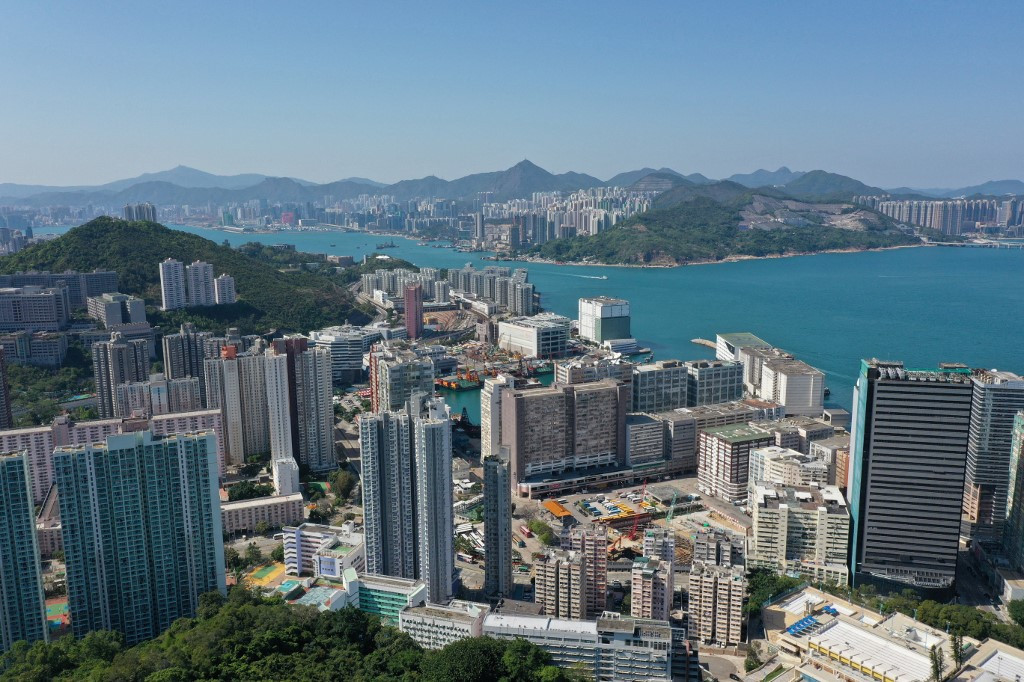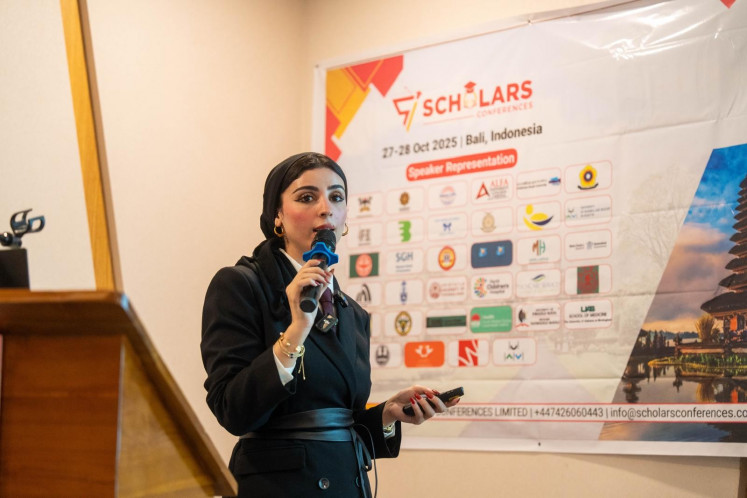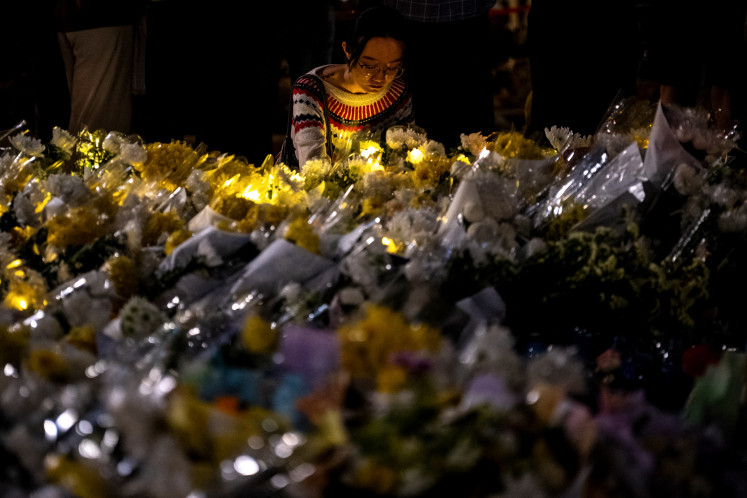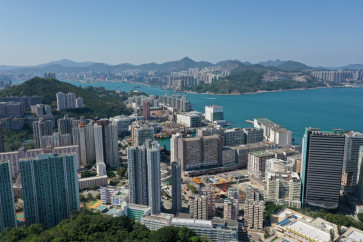Popular Reads
Top Results
Can't find what you're looking for?
View all search resultsPopular Reads
Top Results
Can't find what you're looking for?
View all search resultsCompact, green and car-free. Can city living beat climate change?
With 70 percent of humanity predicted to be living in urban areas by 2050, UN climate experts see a huge opportunity to create ideal cities that are walkable, leafy and energy efficient.
Change text size
Gift Premium Articles
to Anyone
W
ith a whopping 70 percent of humanity predicted to be living in urban areas by the middle of the century, UN climate experts see a huge opportunity to create ideal cities that are walkable, leafy and energy efficient.
Urban areas currently account for around 70 percent of global greenhouse gas emissions, notes a comprehensive report on climate change solutions from the UN's Intergovernmental Panel on Climate Change released this week.
We are in the "urban century", the report says, with nearly seven billion people expected to live in built-up areas by 2050.
If this rapid expansion is chaotic, unplanned and inefficient it could cause emissions to explode.
But the IPCC says there is another option.
"Although urbanisation is a global trend often associated with increased incomes and higher consumption, the growing concentration of people and activities is an opportunity to increase resource efficiency and decarbonise at scale," the report says.
Cities are already more efficient: For the same level of consumption, a city dweller often needs less energy than their neighbour in the countryside.



















